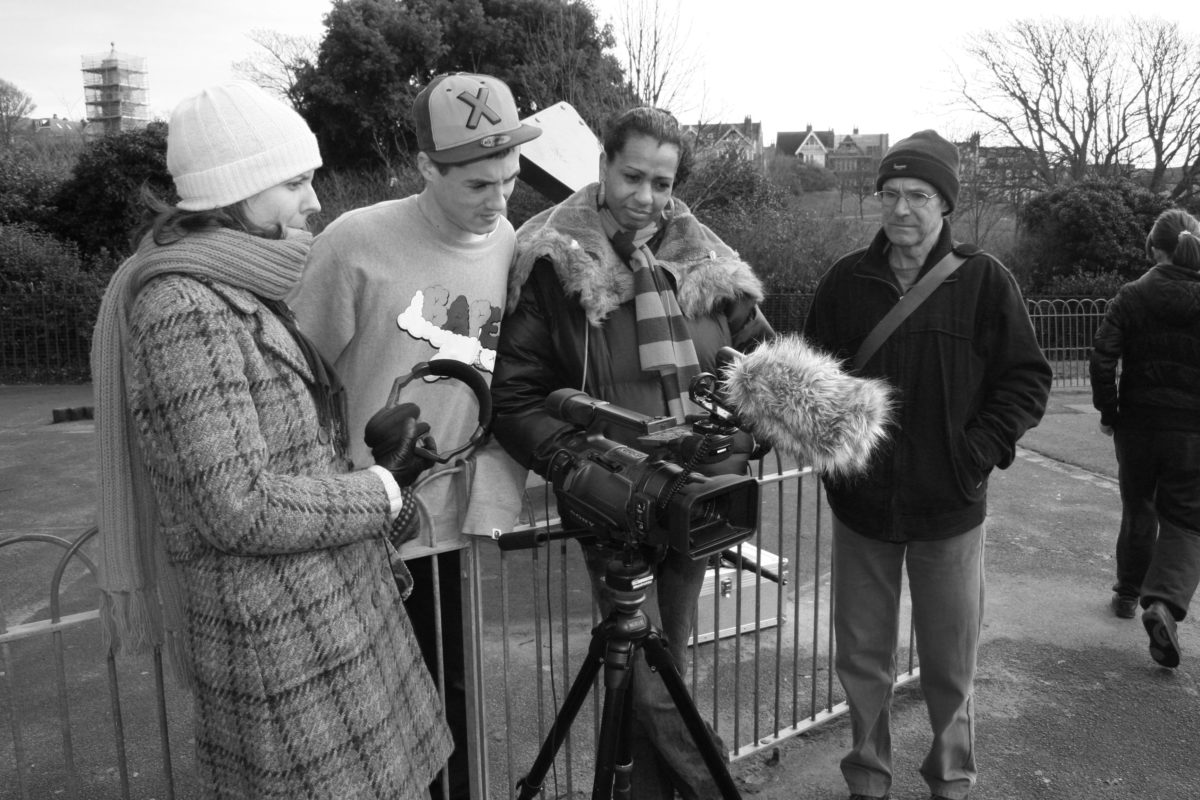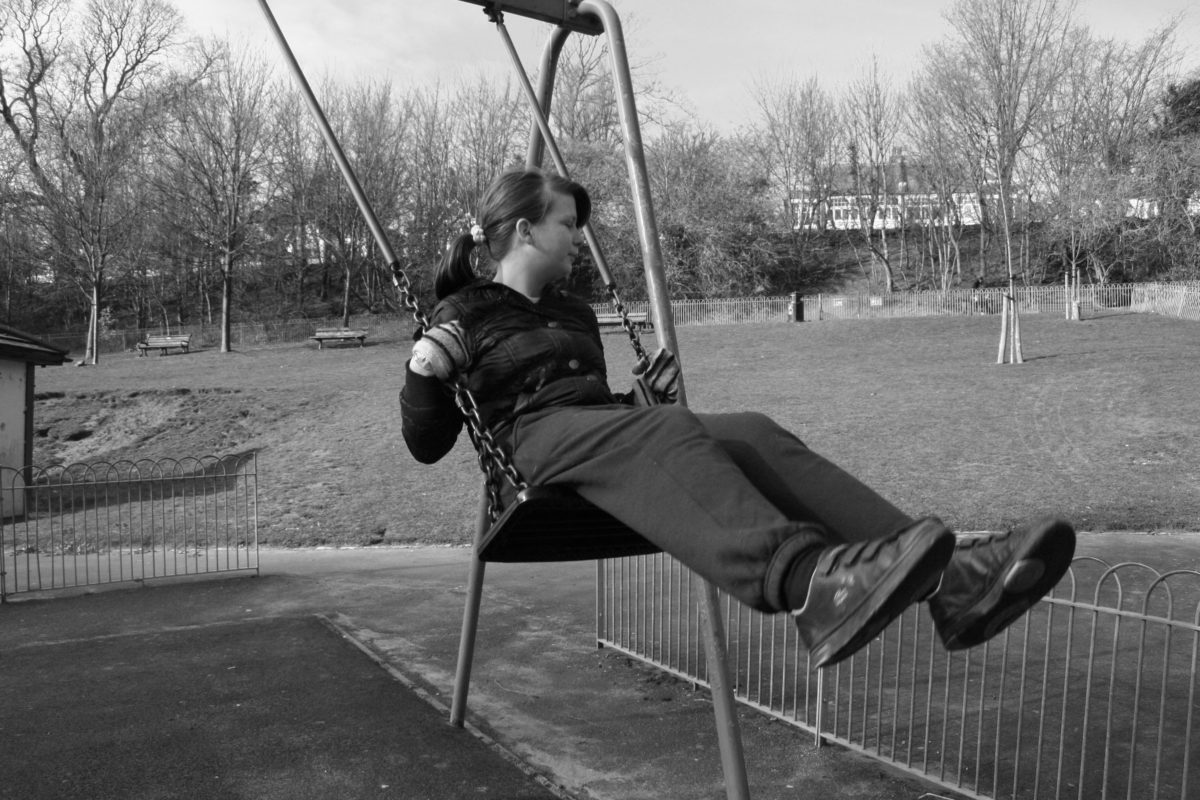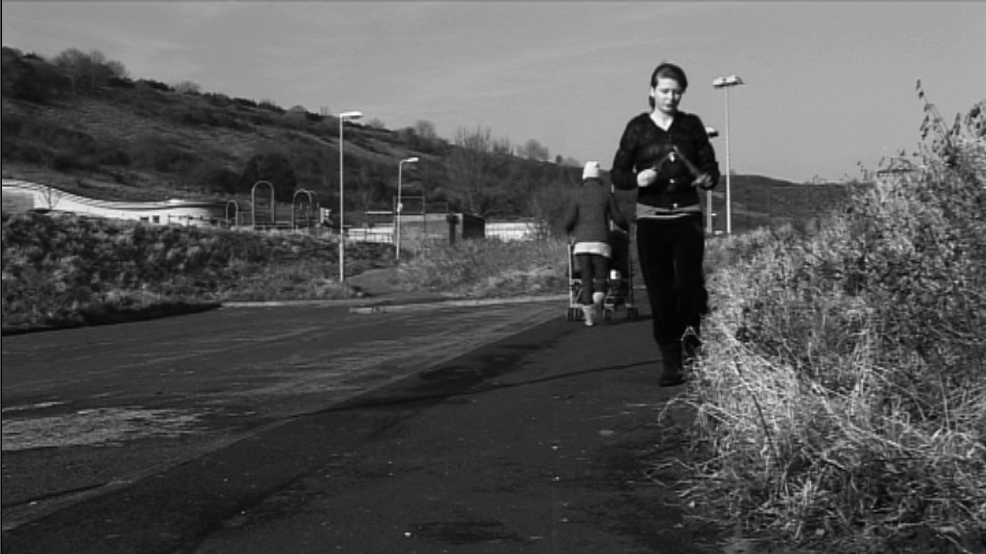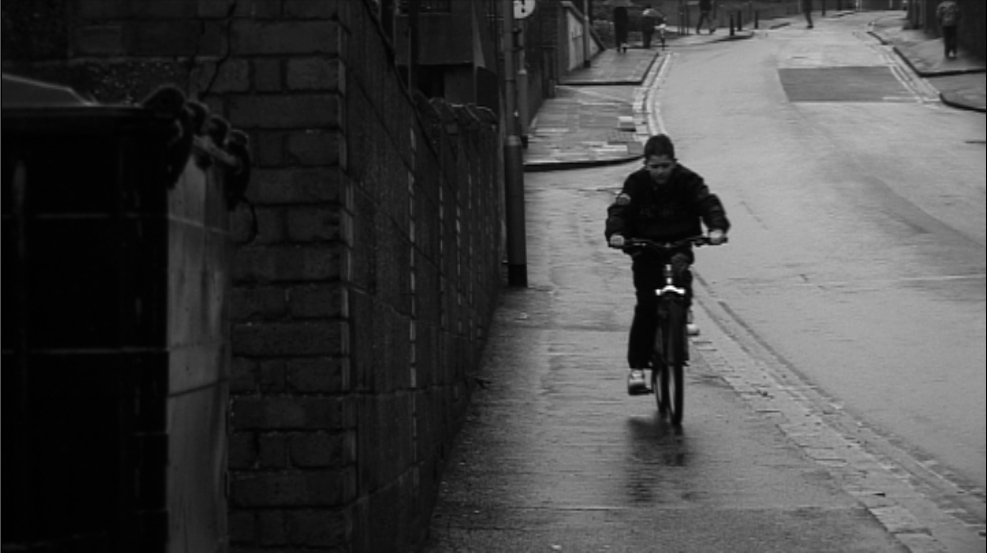Artists Helen Cammock, Denis Doran and Rosie Holmes worked intensively with a small group of young people aged 13 – 18 over a four-month period to visually articulate ideas about conflict, conflict resolution, security and insecurity, and some of the powerful emotions and related personal experiences that inform their notions of boundaries and borders, both emotional and physical.




